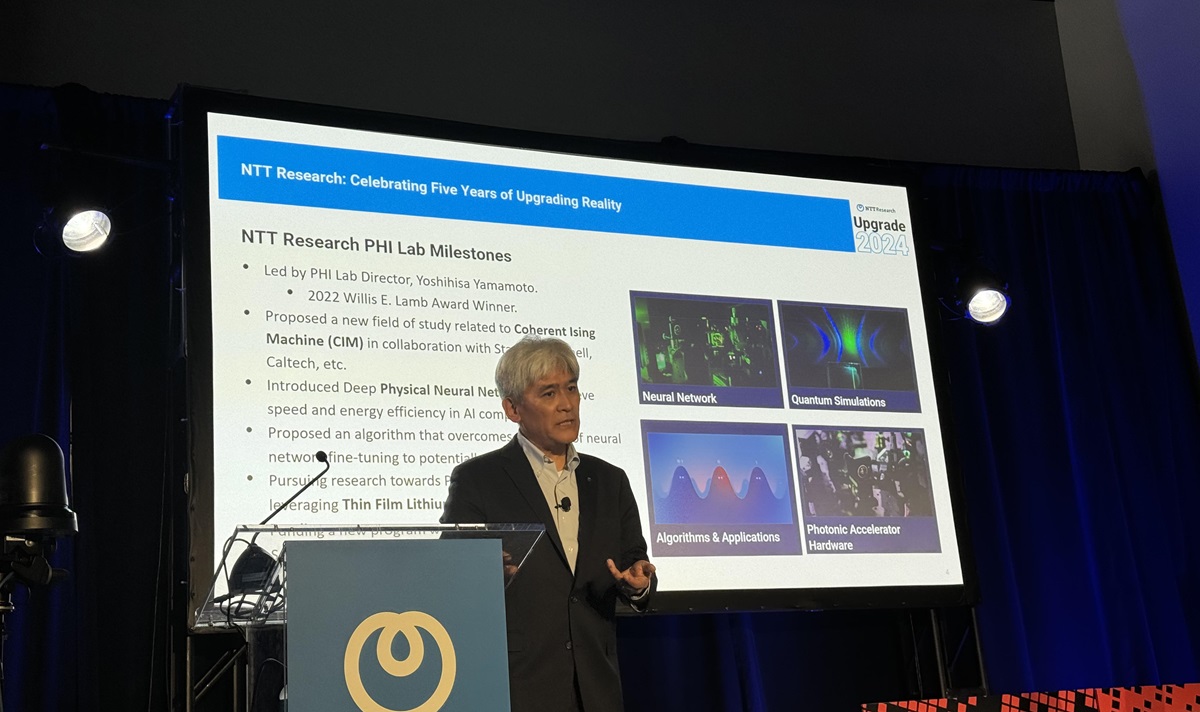Japanese telecommunications firm NTT announced a series of research projects that could pave the way for better AI and more energy efficient data centers.
At a press conference in San Francisco, NTT researchers said the company has created a new large language model (LLM) integration that can see and process graphical elements of documents. It also said it has initiated a new field of science, “the physics of intelligence,” to study sustainable and trustworthy AI. It teamed up with Harvard University to study brain science.

Unlock premium content and VIP community perks with GB M A X!
Join now to enjoy our free and premium membership perks.
![]()

![]()